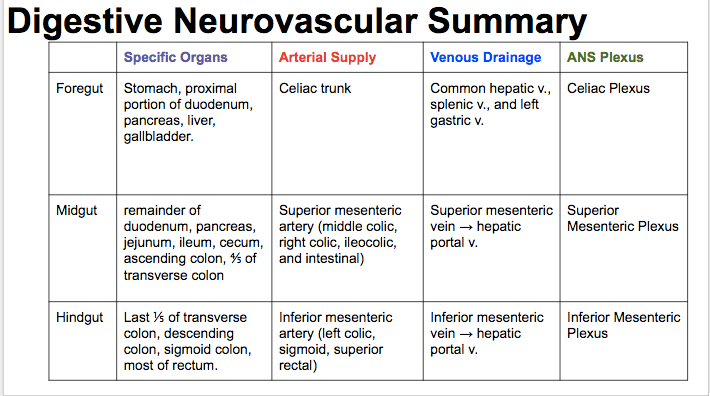
Acces PDF Night Study Guide Mcgraw Hill Answers wedding album lovers, subsequently you need a further cassette to read, locate the night study guide mcgraw hill answers here. Never bother not to find what you need. Is the PDF your needed scrap book now? That is true; you are truly a good reader. Mcgraw-hill-night-study-guide-answers 2/7 Downloaded from datacenterdynamics.com.br on October 26, 2020 by guest contains over 800 practice questions and answers, essential calculations, and step-by-step troubleshooting tips for the job site. Written by two of the most experienced and successful authors in the HVAC field, this on-target book. Night-study-guide-mcgraw-hill-answers 1/2 Downloaded from carecard.andymohr.com on November 29, 2020 by guest DOC Night Study Guide Mcgraw Hill Answers Right here, we have countless books night study guide mcgraw hill answers and collections to check out. We additionally come up with the money for variant types and then type of the books to. Guide 19 Answers'Night Study Guide Mcgraw Hill Answer Artloc De June 21st, 2018 - Read And Download Night Study Guide Mcgraw Hill Answer Free Ebooks In PDF Format IB MATHEMATICAL STUDIES SPECIMEN PAPER 2 QUESTION PAPERS. Night Active Reading chapters 3 through 5 1 Trains arrive at Birkenau 2 Selection Marched toward fire pits Night of inprocessing Worker selection 3 Marched to Auschwitz Tattooed A7713 Met Stein - relative 4 Marched to Buna 3 days in quarintine Assigned to electrical factory Almost.
Night Study Guide Answers Mcgraw Hill Answers

Night Study Guide Answers Doc
Author Elie Wiesel wrote Night (1960) about his experience that he and his family endured in the concentration camps during World War II between 1944 and 1945, primarily taking place the notorious camps of Auschwitz and Buchenwald. More than just about the horrific conditions that prisoners had to endure in the camp, Night is also an unnerving insight into the breakdown of humanity and followers’ loss of faith in God himself. Wiesel’s writing conveys the nightmare of darkness, indeed, a never-ending “night” from which the book derives its name, that the reader comes to understand as a metaphor for the holocaust itself. It is thus not just a book about the holocaust, but indeed the very nature of the human condition, imploring the reader to ask where civility and barbarism intersect, and we conceptually draw the line between humans and beasts. After being liberated at the age of 16 from Buchenwald by the United States Army, Wiesel moved to Paris. He completed an 862-page manuscript in Yiddish by the end of 1954 about all of his experiences during the holocaust. He then revised it to a 245 page edition entitled “And the World Remained Silent” which was published in Argentina. The most famous version that we know today by the title “Night” was published in French as “La Nuit.” Little known to many is that Night is actually the first of a trilogy, followed by Dawn and Day, which is said to convey both a Jewish folkloric practice of beginning day at nightfall, and also conveys Wiesel’s own transition in life post holocaust. The book has since been translated into 30 different languages, and is often thought of as a keystone of holocaust literature.
Author Elie Wiesel wrote Night (1960) about his experience that he and his family endured in the concentration camps during World War II between 1944 and 1945, primarily taking place the notorious camps of Auschwitz and Buchenwald. More than just about the horrific conditions that prisoners had to endure in the camp, Night is also an unnerving insight into the breakdown of humanity and followers’ loss of faith in God himself. Wiesel’s writing conveys the nightmare of darkness, indeed, a never-ending “night” from which the book derives its name, that the reader comes to understand as a metaphor for the holocaust itself. It is thus not just a book about the holocaust, but indeed the very nature of the human condition, imploring the reader to ask where civility and barbarism intersect, and we conceptually draw the line between humans and beasts. After being liberated at the age of 16 from Buchenwald by the United States Army, Wiesel moved to Paris. He completed an 862-page manuscript in Yiddish by the end of 1954 about all of his experiences during the holocaust. He then revised it to a 245 page edition entitled “And the World Remained Silent” which was published in Argentina. The most famous version that we know today by the title “Night” was published in French as “La Nuit.” Little known to many is that Night is actually the first of a trilogy, followed by Dawn and Day, which is said to convey both a Jewish folkloric practice of beginning day at nightfall, and also conveys Wiesel’s own transition in life post holocaust. The book has since been translated into 30 different languages, and is often thought of as a keystone of holocaust literature.